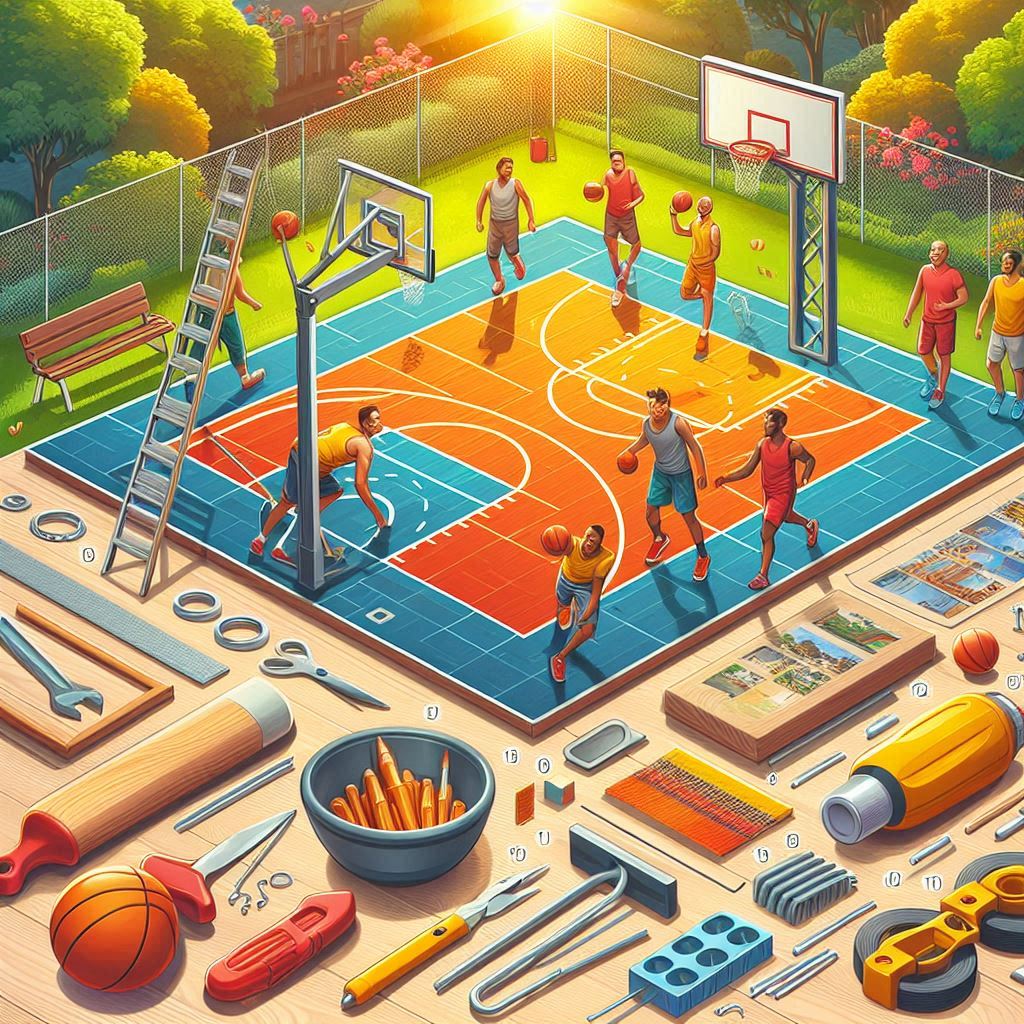Creating a basketball court that meets both functional and aesthetic standards involves more than just setting up hoops and painting lines. Whether you're planning for a private court at home or a professional-level facility, understanding the key aspects of design, construction, and upkeep is essential to ensure long-term use and safety.
The first major phase is basketball court construction, which requires careful planning and execution. Start by selecting a suitable location with proper drainage, ample space, and minimal slope. The base layer is typically made of concrete or asphalt, offering a strong and stable foundation. For added performance and player comfort, many opt to add a synthetic surface layer or modular tiles on top. These materials reduce stress on joints, offer better grip, and withstand weather elements more effectively.
Court construction also involves the installation of accurate markings, including boundary lines, the three-point arc, free throw lanes, and the center circle. For an authentic playing experience, it’s essential to follow official dimension guidelines based on whether the court is meant for high school, college, or professional play. Additionally, hoops must be placed at the regulation height of 10 feet, with sturdy backboards and padding to ensure player safety.
Once your court is built, it’s vital to implement a routine care strategy to keep it in peak condition. Regular basketball court maintenance not only prolongs the life of the court but also enhances player performance and minimizes safety hazards. Outdoor courts are particularly susceptible to damage from weather, dirt, and debris. Routine sweeping and washing help prevent surface wear and buildup that can lead to slipperiness.
For concrete or asphalt courts, sealing the surface every few years helps prevent cracks and water damage. Synthetic and tile surfaces require inspections to identify loose or broken sections that could pose risks. If your court has painted lines, these may fade over time and should be refreshed to maintain visibility and professionalism.
Lighting is another aspect of court maintenance that is often overlooked. If your court is used in the evenings, check lighting fixtures regularly and replace bulbs to ensure consistent visibility.
Finally, keep an eye on accessories such as hoops, nets, and backboards. Worn-out nets or unstable hoops can interfere with gameplay and even lead to injuries. Replacing or repairing them as needed helps maintain the overall quality and safety of your court.

